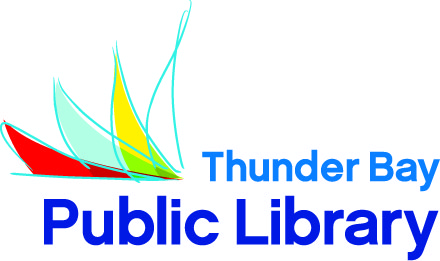 Perched high on the Globe and Mail Bestsellers list and also on the hold shelf at the Thunder Bay Public Library is The book of awesome: Snow days, bakery air, finding money in your pocket, and other simple, brilliant things by Neil Pasricha. Browsing through it the other day, I found it hard to put down. The inside cover describes the book as filled with smile-inducing moments that make you feel like a kid looking at the world for the first time. Read it and you’ll remember all the things there are to feel good about. With touching, warm, and funny observations, each entry ends with the big booming feeling you’ll get when you read through them: AWESOME! It all began with the Webby Award winning blog 1000awesomethings.com that was launched on June 20, 2008. The website’s counter currently clocks over 17 million hits. Morphing into a 400-page hardcover in April 2010, the book became an instant bestseller. Kind of indicates the importance of remembering the small stuff and living in the moment doesn’t it? Here are some fun things for you and your children to do while living in this summer moment.
Perched high on the Globe and Mail Bestsellers list and also on the hold shelf at the Thunder Bay Public Library is The book of awesome: Snow days, bakery air, finding money in your pocket, and other simple, brilliant things by Neil Pasricha. Browsing through it the other day, I found it hard to put down. The inside cover describes the book as filled with smile-inducing moments that make you feel like a kid looking at the world for the first time. Read it and you’ll remember all the things there are to feel good about. With touching, warm, and funny observations, each entry ends with the big booming feeling you’ll get when you read through them: AWESOME! It all began with the Webby Award winning blog 1000awesomethings.com that was launched on June 20, 2008. The website’s counter currently clocks over 17 million hits. Morphing into a 400-page hardcover in April 2010, the book became an instant bestseller. Kind of indicates the importance of remembering the small stuff and living in the moment doesn’t it? Here are some fun things for you and your children to do while living in this summer moment.Go to the beach
A beach doesn't have to be the ocean. It can be anywhere there is water or sand. Even the sand box. Take off your shoes and wiggle your toes. Build a sandcastle together. Sand castles step-by-step by Lucinda Wierenga provides a step-by-step guide to building sandcastles. Elaborate ones with stairways, towers, moats and fairy tale balconies. Also included are more basic projects for smaller children.
Catch fireflies

Do you remember catching fireflies in the summer when you were a child? Take a jar, punch some holes in the lid, catch some fireflies, and then most importantly, let them go. Fireflies in the night by Judy Hawes describes how fireflies make their light and the best ways to catch them and let them go.
Go for a bike ride
What could be more fun than biking down an unexplored trail together? Fun and good exercise, you may be surprised at all the things you will see. Biking: An outdoor adventure handbook by Hugh McManners is a book written for kids who like mountain biking on the trails. He also offers ideas for games and activities as well as instructions for setting up an obstacle course.
Go outside at ni
 ght and look up at the stars
ght and look up at the starsGetting to know the night sky is easy. Just check out a book on stars and constellations and discover a whole new world above you. Seeing stars by Dandi Daley Mackall is a great place to start. The North Star and ten other familiar constellations are introduced and illustrated with sparkly tin foil on darkness. If you happen to be outside any night over the next month you can watch for meteor showers. Sometimes you will see as many as twenty meteors in one hour. Now that’s a light show
 Be crafty
Be craftyCrafts in the summer are fun and easy. You can do them outside and use items you find on the beach or in the backyard. Crafts to make in the summer by Kathy Ross contains twenty-nine simple and fun summer craft projects such as firecracker finger puppets and seashell candle holders.
There are literally a thousand ideas to choose from. Swing until you have that feeling in your stomach when you go really high (#748 from The book of awesome), or celebrate your pet’s birthday even though they have no idea what’s going on (#758). Don’t let summer go by without trying at least one. But whatever you decide to do, take a deep breath and enjoy the moment. You never know. It could be awesome.
Caron E. Naysmith, Supply Staff




